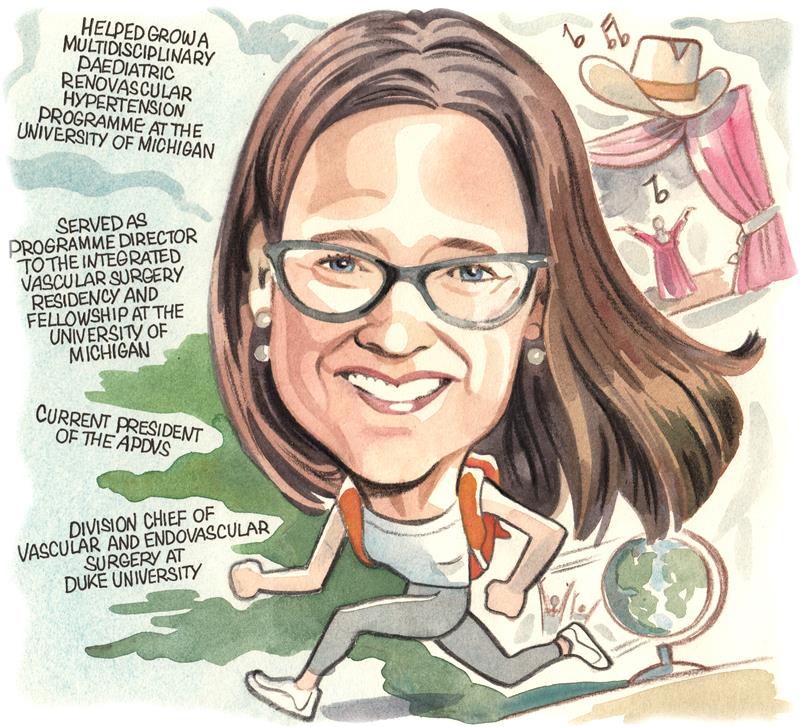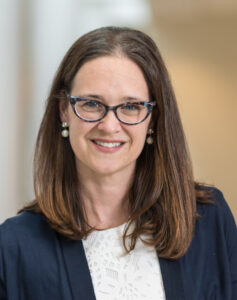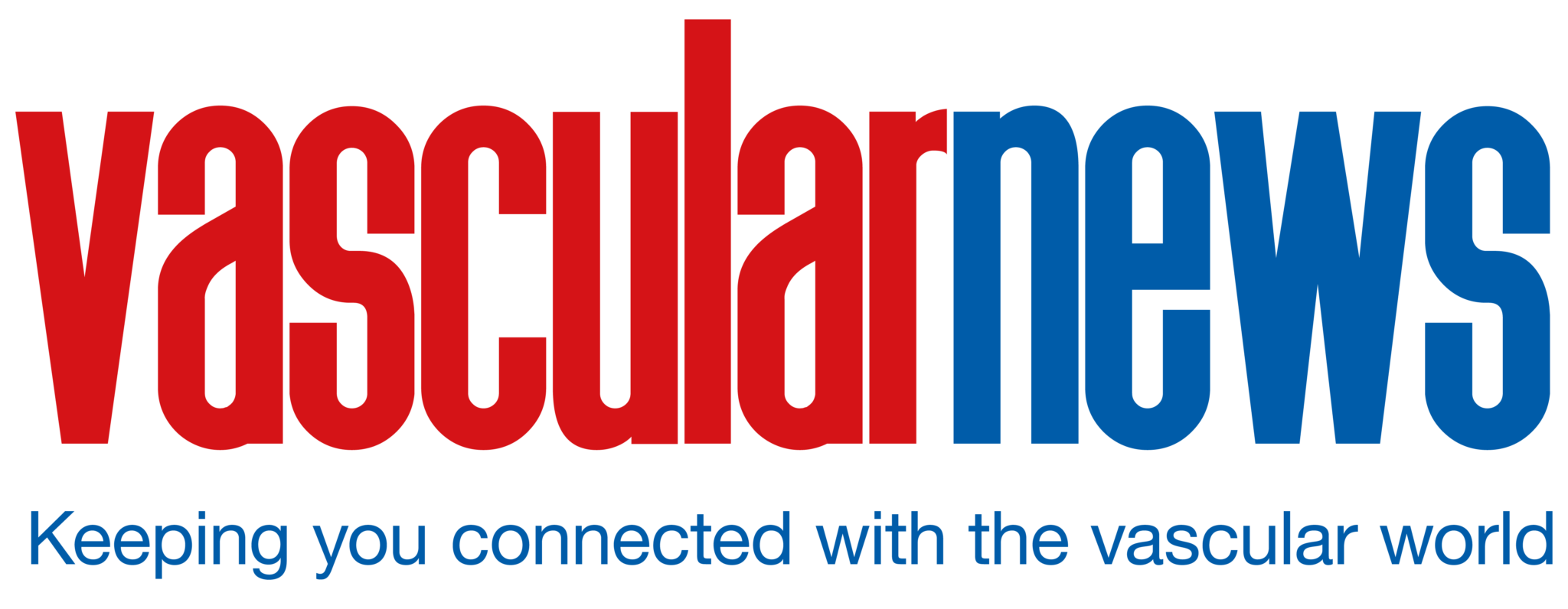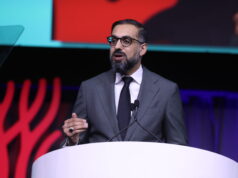 It was by chance rather than design that Dawn Coleman (Durham, USA) entered a career in vascular surgery, she tells Vascular News. Her unorthodox route into the profession, however, has not hampered Coleman’s rise to several senior positions. Now professor of surgery and chief of the Division of Vascular and Endovascular Surgery at Duke University School of Medicine, Coleman here speaks about some defining moments of her professional life as well as wider trends in the field, sharing how a military background has instilled in her a commitment to service and dedication to good leadership that have been core tenets of her medical career.
It was by chance rather than design that Dawn Coleman (Durham, USA) entered a career in vascular surgery, she tells Vascular News. Her unorthodox route into the profession, however, has not hampered Coleman’s rise to several senior positions. Now professor of surgery and chief of the Division of Vascular and Endovascular Surgery at Duke University School of Medicine, Coleman here speaks about some defining moments of her professional life as well as wider trends in the field, sharing how a military background has instilled in her a commitment to service and dedication to good leadership that have been core tenets of her medical career.
Why did you choose to pursue a career in medicine and what drew you to vascular surgery?
I think everybody’s decision to pursue medicine is personal. For me, I feel lucky that I found my path towards medicine and surgery, although by no means was it linear. I don’t come from a background of physicians or professors, but I know that I had a lot more opportunity than most because of my dad’s commitment to supporting our family and allowing my brother and I to do whatever we wanted, be whatever we wanted. I felt compelled to do something that he would be proud of.
I struggled to identify an industry to pursue when I was in high school and, to be honest, I wasn’t actually sure medicine was for me. I was shy, I was afraid of blood, and I certainly didn’t meet the phenotype of what a physician looked like then.
However, I was encouraged by my dad to volunteer at the emergency department at the University of Cincinnati (Cincinnati, USA) and just found myself enamoured with the pace and the impact on human lives and it was really inspiring.
Ultimately, I made the decision to go to medical school with the plan to be an emergency medicine doctor, and I matched in emergency medicine at the University of Michigan (Ann Arbor, USA).
I had ambitious plans to pursue disaster medicine or military medicine in a vision for my future that was based on service and along the way I found surgery, and I found it serendipitously. I found it because I was exposed to the right people during formative times and I ultimately made a very rash, uncounselled decision to quit my residency and go into surgery.
I got very lucky because a lot of people took risks on me along the way to give me more opportunity. I got to stay at the University of Michigan to be a general surgery resident and from there I found my way to vascular surgery.
And so I credit my dad for pushing me towards medicine, I credit the University of Cincinnati’s emergency medicine team for harnessing that enthusiasm and allowing me a platform to get into medical school, and then I credit the Surgery Department at the University of Michigan for giving me a chance to be a general surgery resident and specifically the likes of Gilbert Upchurch, Thomas Wakefield, John Eliason and John Rectenwald for their roles in recruiting me into the vascular surgery field.
I entered medicine and vascular surgery via a super non-traditional, non-conventional route, but I look back and I don’t know that I would have done anything differently. I think that this is the best job for me. I really love it.
How has your military background influenced your surgical career?
I come from a long line of military service members and knew when I was at college that I wanted to commission. When I matched at the University of Michigan and went into emergency medicine, the first thing I did—after getting my badge and onboarding as a new intern—was find a recruiter.
I’ve had a really productive, high impact and gratifying career in the military, including three deployments for combat care and two joint training missions supporting NATO efforts. I’ve also done some things that have been really hard, but from which I’ve grown a lot. I think all these experiences have helped me to be a better human and probably a better surgeon, because we do hard things in the hospital all the time and keeping that frame of reference at the ready has been helpful.
I’ve also seen some of the best and worst leadership in the military, and I think that’s influenced how I think about leading at whatever level that has been for me.
A huge part of who I am is a service member, a soldier. I’m still active in the reserve and I appreciate that service very much.
You are currently the secretary for the Vascular and Endovascular Surgical Society (VESS). How did you get involved with the society and what does it offer?
I got lucky and fell into a role at VESS thanks to my partner and mentor at the University of Michigan, John Eliason. He was active in the society and is a past president.
I had the privilege of being put on a VESS committee early on and subsequently had the opportunity to serve at the higher levels of the society.
For me, getting engaged with VESS has offered me an unquantifiable benefit just in the human connections I’ve been able to make through enduring friendships, and I would encourage everybody to get engaged and get engaged early with the society because it’s just such a fun space.
I remember going to my first VESS meeting as a trainee and there were a few things about it that I just found so refreshing. It’s focused on early career surgeons and particularly those with academic interests, and the senior members are active rising leaders and are very approachable. It’s also a winter meeting and delegates like to attend for the skiing, so they will often save some of their best science for VESS, which makes the scientific programming and rigour just awesome!
What are some of your current research interests?
My paediatric work probably feels the most active to me right now in a very exciting way.
Early in my time at the University of Michigan I had the opportunity to care for children and was able to learn about paediatric renovascular hypertension from Jim Stanley and John Eliason, who I worked alongside for many years.
I found additional clinical and research collaborators in this area at the University of Michigan and we still push work forward. Some of that work is in the translational scientific space with a lens towards the genotypic factors and molecular pathways that underpin the diagnosis of paediatric renovascular hypertension and understanding it better.
We’re looking now, through the support of a multidisciplinary and patient-powered collaborative, at research questions that have been prioritised by our patients and their families. We’re treating children across a spectrum of disease severity and there is a real paucity of evidence-based guidance at present.
In my opinion, treatment needs to be individualised according to a patient’s genotype, their anatomic phenotype, and the severity of their disease alongside other factors that are relevant to their own social development age. I think this collaborative will push the needle forward in really prioritising these children who have a very rare vascular disease.

What do you think are some of the biggest challenges facing vascular surgery?
There is a considerable administrative burden in vascular surgery that is growing exponentially, exhausting the workforce and eroding the patient-provider experience. Compounding that are challenges with reimbursement. These challenges, and others, threaten our workforce severely and I worry will compromise our efficacy in treating the sum of projected future vascular surgery patients.
What do you propose could be done to address these challenges?
I am of the opinion that, as a specialty, we can’t grow fast enough. We need a workforce that will be appropriately sized to care for the disease burdens we are facing.
I also think it’s important for us to acknowledge what our patients need the most, and make sure that we prioritise. At some point, I think we have to shift our logic and stop thinking about training every vascular surgeon to be exactly the same and highly skilled in all areas.
Rather, I think we should ensure that our workforce is prepared with an adequate volume of surgeons that can tackle what our patients need the most. Our patients need an adequate vascular surgery workforce, alongside interventions that target rising population threats like obesity, hypertension, gun violence and other population health threats inclusive of social determinants of health and environmental exposures.
I also think we have to be really intentional about populating gaps where there are access challenges and where we know there is an under-representation of medical care at large and vascular surgeons specifically, particularly in rural spaces. Advocacy and intention will be required to recruit and retain vascular surgeons to serve these areas specifically.
We’ve got a beautiful integrated residency programme in the USA, but we’re graduating a number of residents who come through academic centres wanting to do academic work, which means they stay in big cities that have academic institutions. We have to train people in community and rural spaces who want to stay and serve those patients. It has to be prioritised.
And so I charge our community and our leaders, including myself, to prioritise out workforce. If we don’t do it proactively and lead it, somebody else is going to seize that opportunity and they may not offer the same commitment to comprehensive vascular care that we are dedicated to providing as vascular surgeons.
All of this requires energy, effort, and goodwill, which not everybody has its spades at the moment, and so I’m sensitive to that, but I think we have a lot of work ahead of us.
What advice would you give to someone looking to start a career in vascular surgery?
Be curious and ask questions. You’ll be a better clinician, leader, and researcher if you can stay curious, ask questions, and understand the why.
Focusing on people and focusing on relationships is also super important. It has been for me. Whether those are patients, their families, your partners, or your trainees, I think without the people part of this job, it would not be worth any of the struggle, so find the right people to serve and to work with.
And the final thing I’d say is that patients always come first.
What are your hobbies and interests outside of medicine?
I’m a mother to two kids and that’s the best part of my life outside of work. I really like to cook and show love through cooking and hosting. I also enjoy country music, Italian opera, travelling and immersing myself in other cultures, and running.












